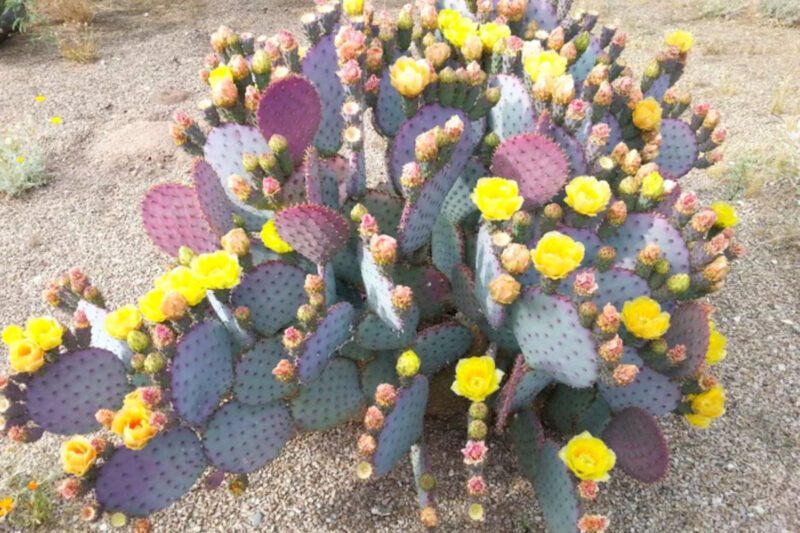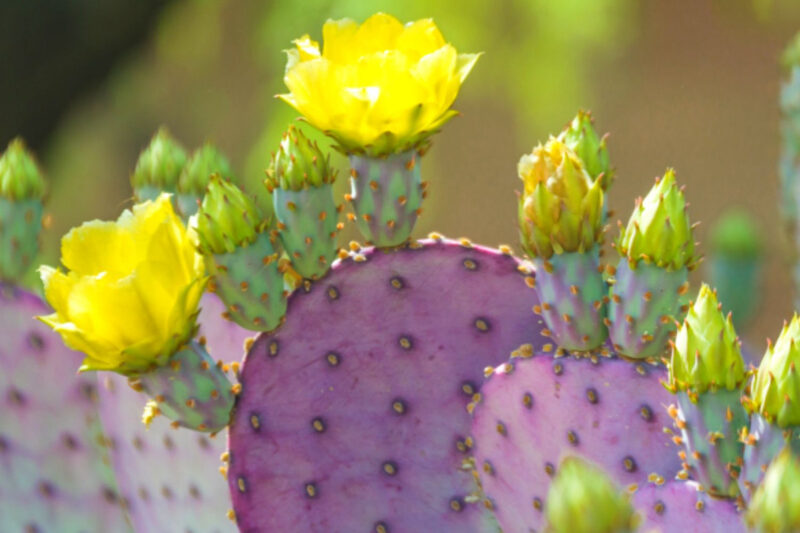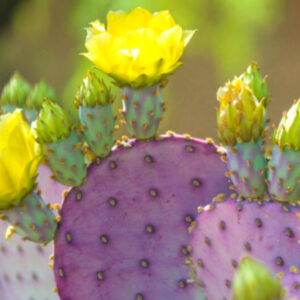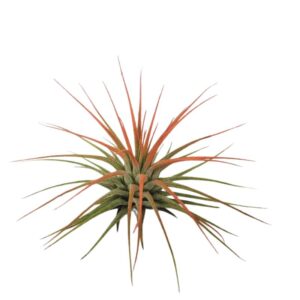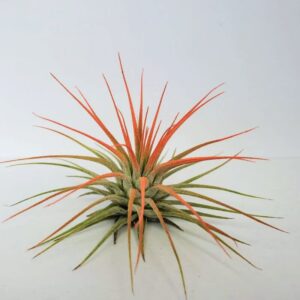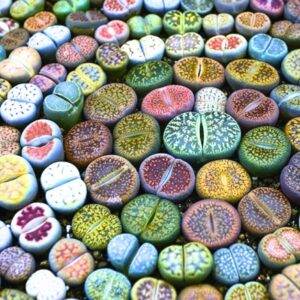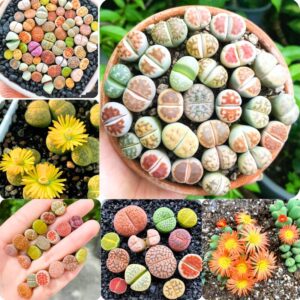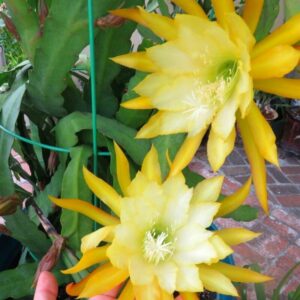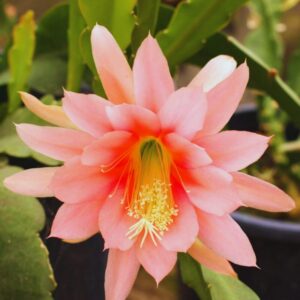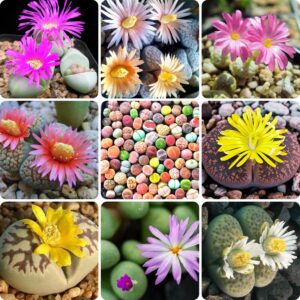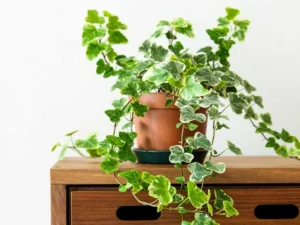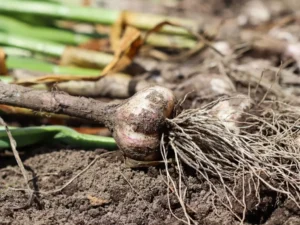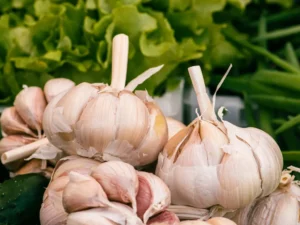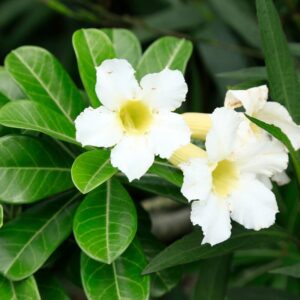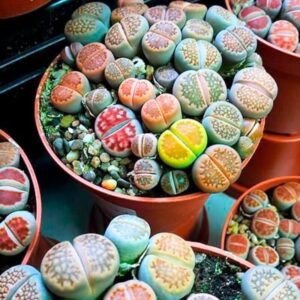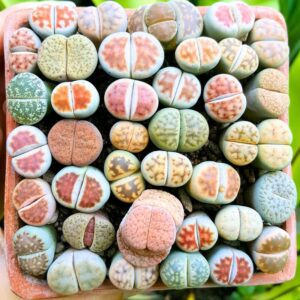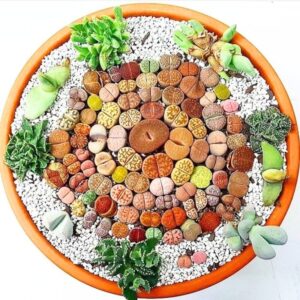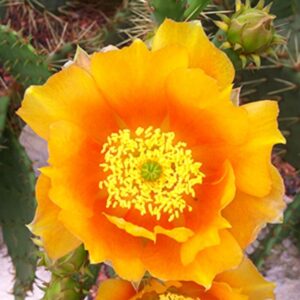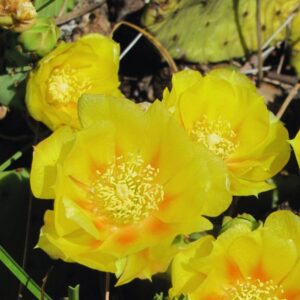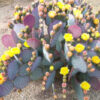2 Opuntia Santarita Santa Rita Purple Prickly Pear Cactus Plants Live, Cactus Succulents Live Plants
2 Opuntia Santarita Santa Rita Purple Prickly Pear Cactus Plants Live, Cactus Succulents Live Plants
Santa Rita Purple Prickly Pear Cactus features vibrant purple pads and thrives in warm, sunny environments with minimal care required.
$29.98

With our Alive & Thrive Guarantee, we’ve got your back for the first 30 days! If you have any concerns about your plants, just reach out to us. Our team is here to help answer your questions and guide you in selecting the best plants for your garden, climate, and unique preferences. We're excited to help you create the garden of your dreams!
-
USDA Hardiness Zone
8-11 -
Soil type
Sandy or rocky, well-draining soil -
Sunlight Exposure
Full sun -
Expected Planting Period
Spring or summer
Discover the Santa Rita Purple Prickly Pear Cactus
The Santa Rita Purple Prickly Pear Cactus (Opuntia Santarita) is an exquisite addition to any garden. With its striking purple pads, this cactus stands out in both indoor and outdoor settings. These vibrant pads deepen in color when exposed to full sunlight, making it a captivating focal point in your landscape.
This hardy cactus can grow up to 6 feet tall and wide, making it a substantial yet manageable choice for gardeners of all skill levels. It’s particularly well-suited for USDA Hardiness Zones 8-11 and exhibits excellent drought tolerance, thriving in arid environments.
Low maintenance is a key advantage of the Santa Rita Purple Prickly Pear. It requires minimal watering and can tolerate light frost, making it ideal for xeriscaping and sustainable garden designs. Plant it in sandy or rocky, well-draining soil for optimal health and longevity.
During blooming season, this cactus produces beautiful yellow flowers that attract beneficial insects like bees and butterflies, enhancing the biodiversity of your garden. Whether used as a solitary statement piece, in container gardens, or to create borders, its versatility makes it a favorite among both novice and experienced gardeners.
Caring for this plant is easy: ensure it receives full sun, water sparingly, and allow the soil to dry completely between waterings. Its adaptability even extends to indoor conditions when placed near a sunny window, providing flexibility for various settings.
Frequently Asked Questions
- How do I care for these plants? Plant in well-draining soil and place in full sun. Water sparingly, allowing the soil to dry completely between waterings.
- Can I grow these cacti indoors? Yes, they thrive indoors if placed in a sunny spot with ample light.
- Are these plants safe for pets? While not toxic, the spines can be hazardous. Keep them out of reach of pets and children.
- How quickly do they grow? Growth depends on climate and care. New pads typically develop within months under optimal conditions.
- What is the best time to plant? Spring or early summer is ideal, but they can be planted year-round in warmer climates.

